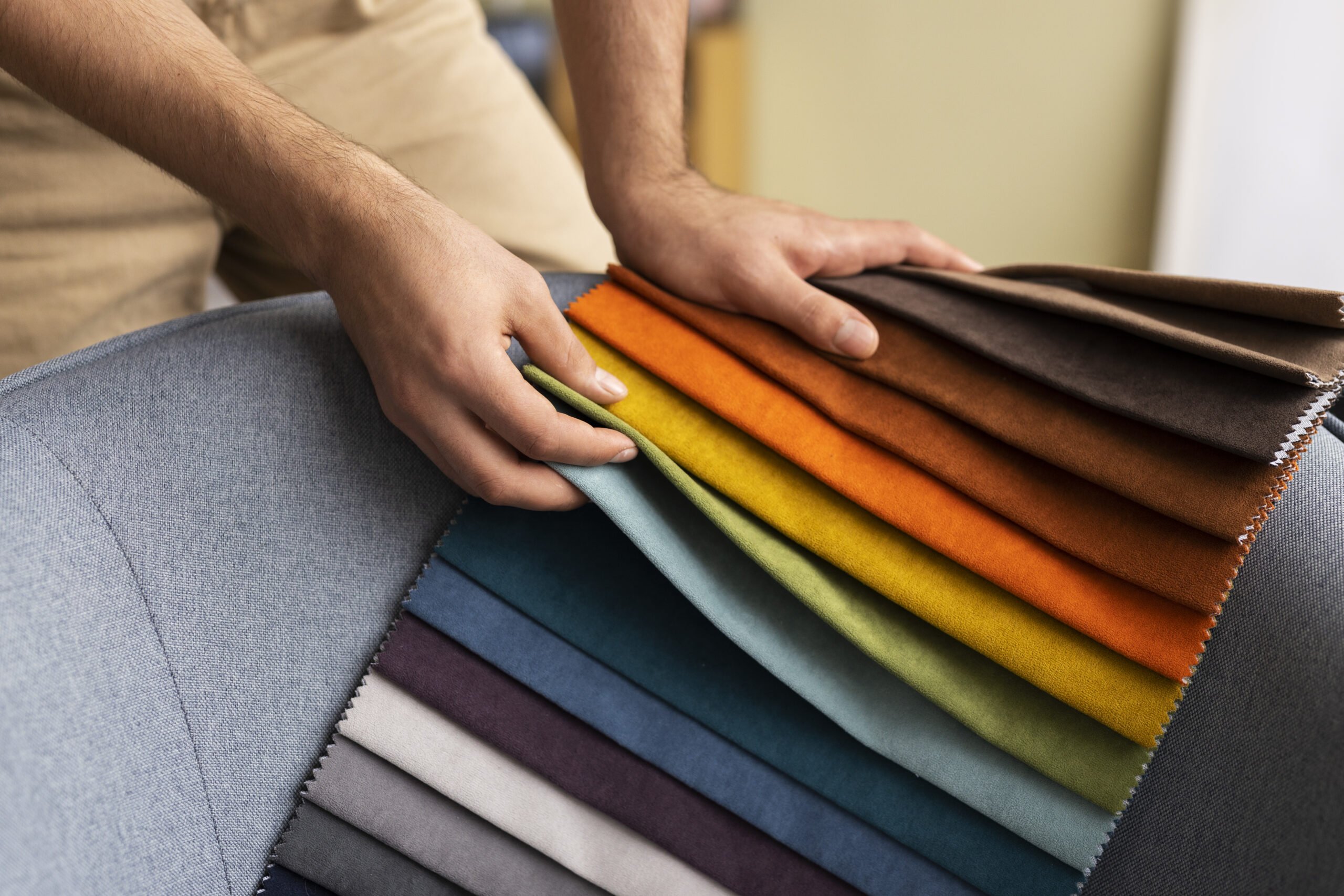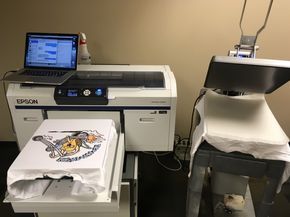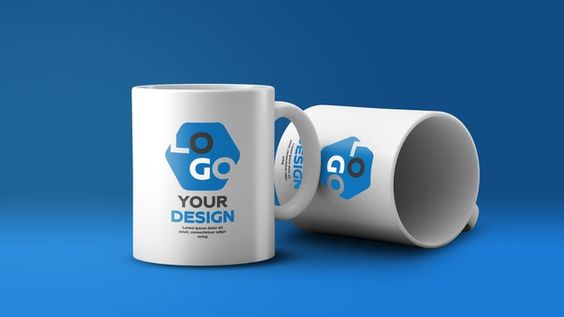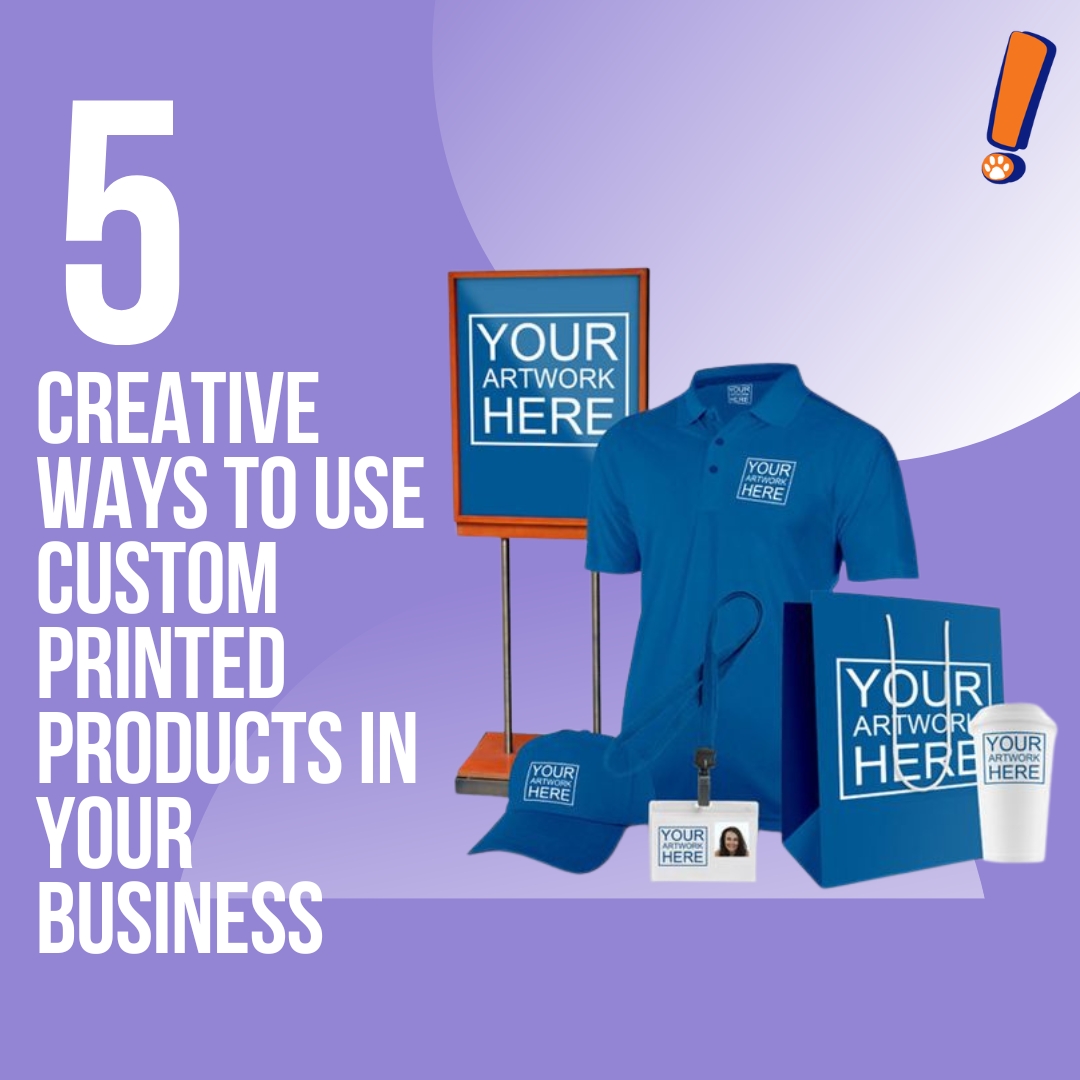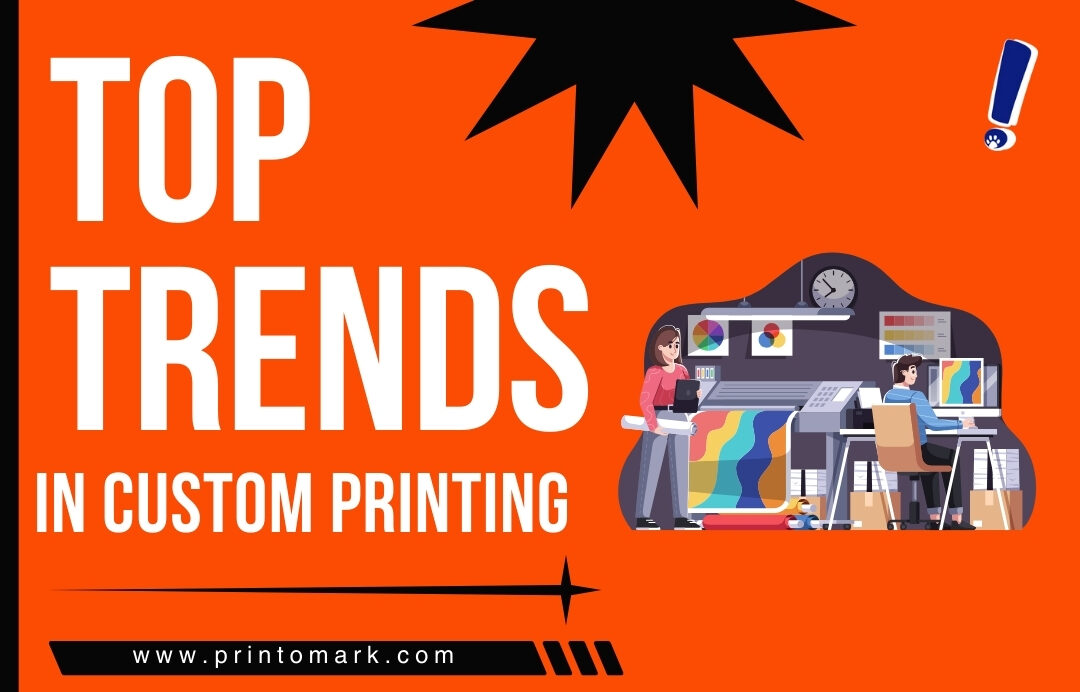INTRODUCTION:-
Choosing the right material is crucial for ensuring quality, durability and overall customer satisfaction when it comes to custom-printed products. This comprehensive guide will explore the various factors to consider when selecting materials for custom-printed items.
1) UNDERSTANDING YOUR OPTIONS:-

Before diving into specific materials, it’s essential to understand the various options available. Common materials for custom-printed products include paper, cardstock, plastic, fabric, and metal. Each material has its unique characteristics, benefits and limitations.
2) IDENTIFYING YOUR NEEDS:-

Start by identifying the purpose and requirements of your custom-printed products. Consider factors such as intended use, environmental conditions, budget, and desired aesthetics. For example, a brochure intended for outdoor distribution will require a different material than a business card meant for everyday use.
3) PAPER AND CARDSTOCK:-

Paper and cardstock are versatile options suitable for a wide range of custom-printed products, including business cards, flyers, and brochures. They come in various weights, finishes, and textures, allowing you to achieve different looks and feels. Consider factors like thickness (measured in GSM or basis weight), finish (matte, glossy, or satin), and texture (smooth or textured) when selecting paper or cardstock for your project.
4) PLASTIC:-
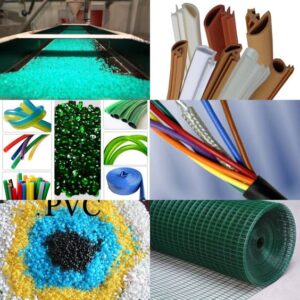
Plastic materials such as PVC, PET, and polypropylene are popular choices for durable and waterproof custom-printed products like ID Cards, signage, and product labels. Plastic offers excellent flexibility in design and can be transparent, translucent, or opaque. Consider factors like durability, environmental impact, and printing compatibility when choosing plastic for your custom-printed products.
5) FABRIC:-

Fabric materials like cotton, polyester, and canvas are ideal for custom-printed products such as T-shirts, totes, bags, and banners. Fabric offers a soft and tactile feel, making it appealing for promotional items and merchandise. consider factors like fabric weight, weave, and printing method (screen printing, dye sublimation, or direct-to-garment) when selecting fabric for your custom-printed products.
6) METAL:-

Metal materials such as aluminium and stainless steel are durable and modern options for custom-printed products like signs, nameplates, and tags. Metal offers a sleek and professional appearance, making it suitable for premium branding and high-end applications Consider factors like thickness, finish (brushed, polished or anodized), and printing method (screen printing or digital printing) when choosing metal for your custom printed products.
7) ENVIRONMENTAL CONSIDERATIONS:-

In today’s environmentally conscious world, consider the ecological impact of the materials you choose for your custom-printed products. Opt for sustainable and eco-friendly materials. Whenever possible, such as recycled paper, biodegradable plastics, and organic fabrics. Communicate your commitment to sustainability through your choice of materials and printing practices.
8) TESTING AND PROTOTYPING:-

Before committing to a large production run, consider testing different materials through prototyping and sampling. This allows you to evaluate the look, feel, and performance of each material in real-world conditions and make any necessary adjustments before finalising your order.
CONCLUSION:-
Choosing the right material for your custom-printed products is a critical step in achieving the desired outcome for your project. By understanding your options, identifying your needs, and considering factors like durability, aesthetics, and environmental impact, you can make informed decisions that align with your goals and values.

